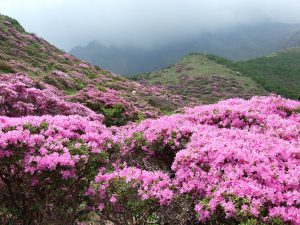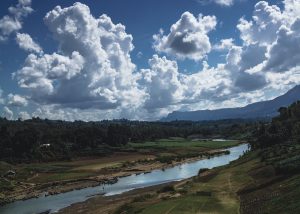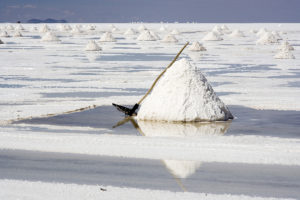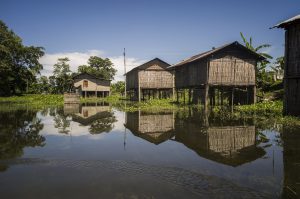Nisrat Azad is the head of a family who owns a parcel of land in Chitral, in Pakistan’s Khyber Pakhtunkhwa (KP), and he is full of grief and anger. The chestnut and fruit trees on his land have been cut down to make space for a transmission line of running from the Golan Gol Hydropower Project, Chitral (GGHPC).
“There was a time when I and my family felt like proud owners chestnut trees, but now we have nothing to left to be proud of,” Azad said.

He told thethirdpole.net that 1,300 trees had been chopped down, including 253 chestnut trees, and the family was still waiting compensation.
Read: Zero load-shedding in Pakistan: election gimmick or lasting solution?
Pakistan, struggling with power shortage problems, expects the plant to add 108 MW of electricity supply on its completion. But the project has already been the subject of delays and controversy. In October 2016, a senior German consultant had resigned, allegedly over the ignoring of his advice on how transmission lines were being routed by contractors.
WAPDA sources said that the transmission line from GGHPC to Chakdara grade station is 206 kilometres long, along which 813 towers constructed. WAPDA officials did not share data on the cutting of trees on private lands, saying that the Chitral forest and agriculture department would do an estimate and compensate the people.
The Chitral forest and agriculture department confirmed to thethirdpole.net that walnut trees are protected and a No Objection Certificate (NOC) must be obtained from the department before any could be cut. According to the department neither WAPDA nor its contractors had obtained an NOC. The department has no data regarding the cutting of the trees. On contacting the Environment Protection Agency (EPA) Khyber Pakhtunkhwa, they also said they were unaware of the development.
The EPA Khyber Pakhtunkhwa told thethirdpole.net that WAPDA had not submitted an Environmental Impact Assessment (EIA) report and could not obtain an NOC for the transmission line of the GGHPC. They did clarify that an NOC was obtained for the GGHPC but not for the transmission line. WAPDA officials claimed that they did obtain an NOC for both the GGHPC and the transmission line project from EPA KP, but despite requests, they did not share the EIA report or any other data.
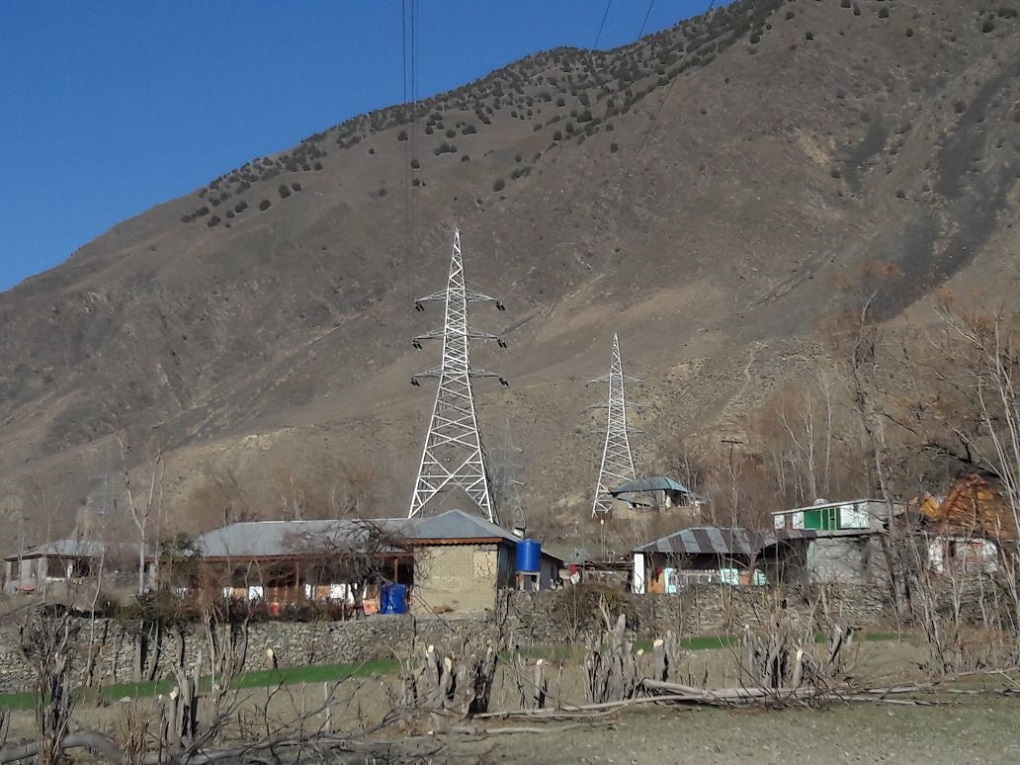
Noman Rashid, former assistant director of the EPA, KP, and currently the manager of Green Consultancy, said that the Environmental Protection Act 2014 make it obligatory for any development project to obtain an NOC and submit an EIA to the EPA, and that it is the responsibility of the provincial government implement the law.
He added that Chitral, nestled in the high Himalayas, is already affected by the environment degradation, facing large losses of life and property due to floods and landslides. The cutting of so many trees will only add further strain to the delicate ecology of the region.
“Chestnuts play an important role in the Chitral ecology and economy,” he said. “This is an unrepairable loss.”
Fakhar Alam Khan, who also had his trees cut down, said, “72 of my walnut trees were chopped down despite providing evidence to the authorities evidences that walnut trees are protected, but they don’t care. In whole 2,600 of my trees were cut down.”
He said, “Walnut and other fruit trees are the source of extra income for us. Walnut trees alone provide us with a minimum of 2,256 USD annually. It is an important part of our daily life, especially in the snowfall season when we use its leaves for cattle feed and wood for fuel.”
Azad, Khan, and other members of the local community of Chitral Broz accused WAPDA of deliberately passing the transmission line through the agricultural and cultivated land.
Alam said, “There was enough barren land and space along the bank of the river to pass the transmission line, but WAPDA ignored our appeals.”


“I also provided the alternative map for the transmission line to the WAPDA but in order to benefit the contractor they chose private land to for the transmission line”, he claimed.
Muhammad Shaukat, a forest officer from Chitral, said that the chestnut trees which were chopped down were very old. A chestnut grows two to six inches in a year and it takes many decades for a tree to mature.
To add insult to injury, 15,000 people in Chitral are also not being provided power from the power plant.
Mohammad Zubair Khan is an Islamabad based environmental journalist. He tweets as @hazarazubair
![<p>[:en]Towers loom over the carcasses of destroyed trees [image provided by local residents of Chitral][:ne]Towers loom over the carcasses of destroyed trees [image provided by local residents of Chitral][:hi]Towers loom over the carcasses of destroyed trees [image provided by local residents of Chitral][:bn]Towers loom over the carcasses of destroyed trees [image provided by local residents of Chitral][:ur]: تباہ شدہ درختوں کی باقیات کے ساتھ نصب ٹاور- (تصویر بشکریہ چترال کے مقامی باشندے )[:]</p>](https://dialogue.earth/content/uploads/2018/02/Towers-trees.jpg)

